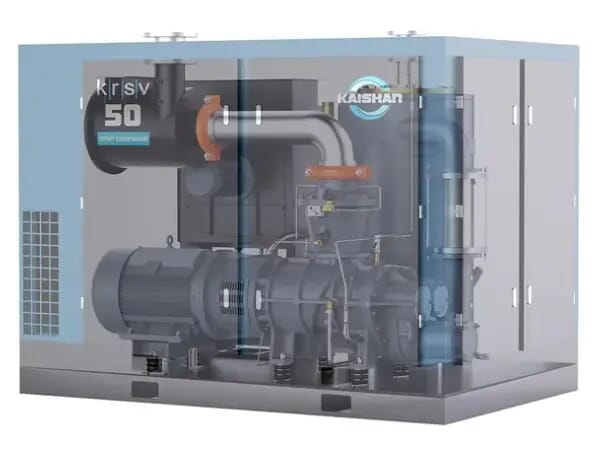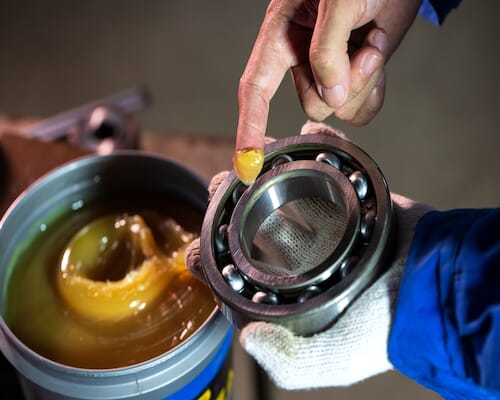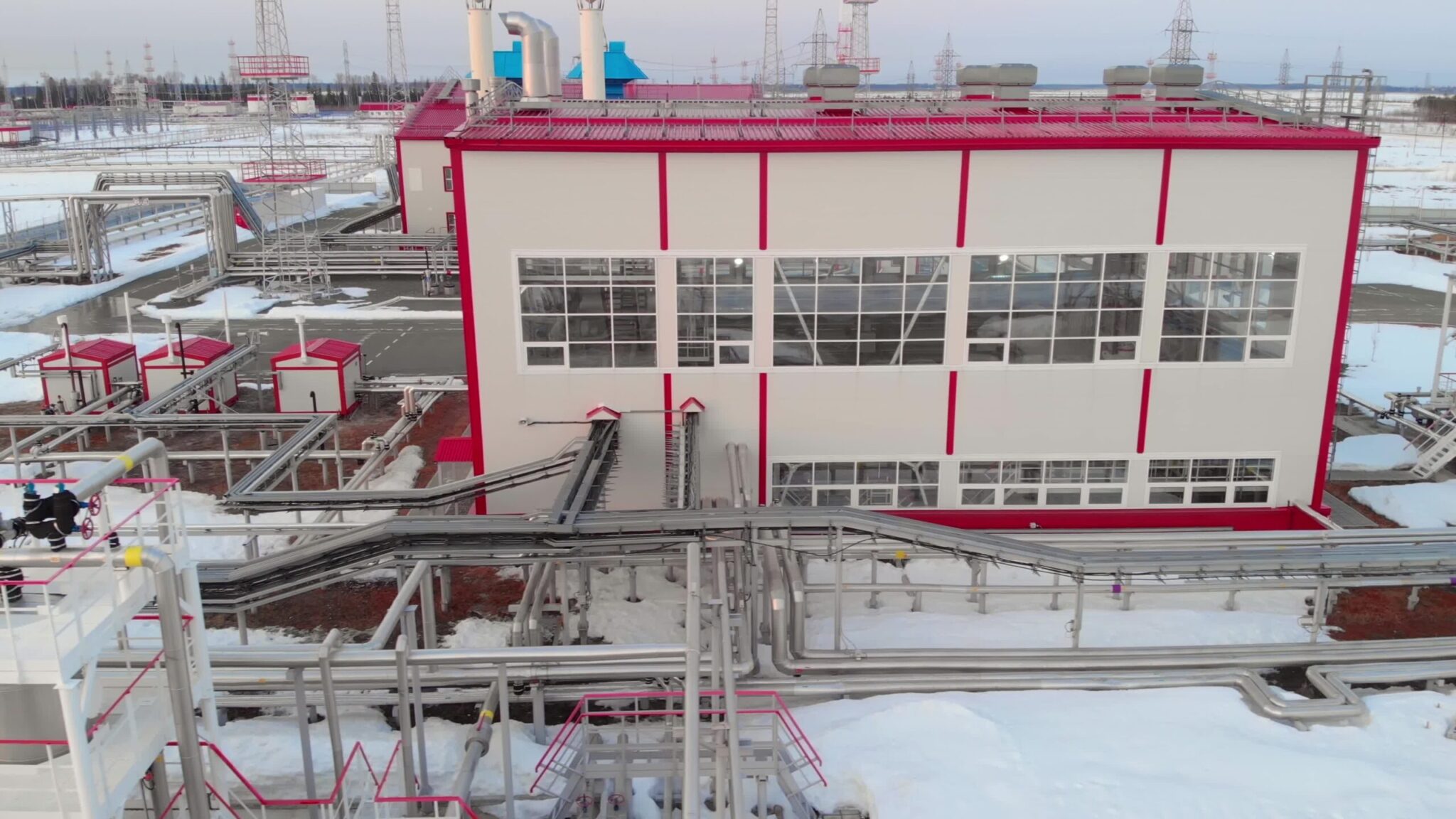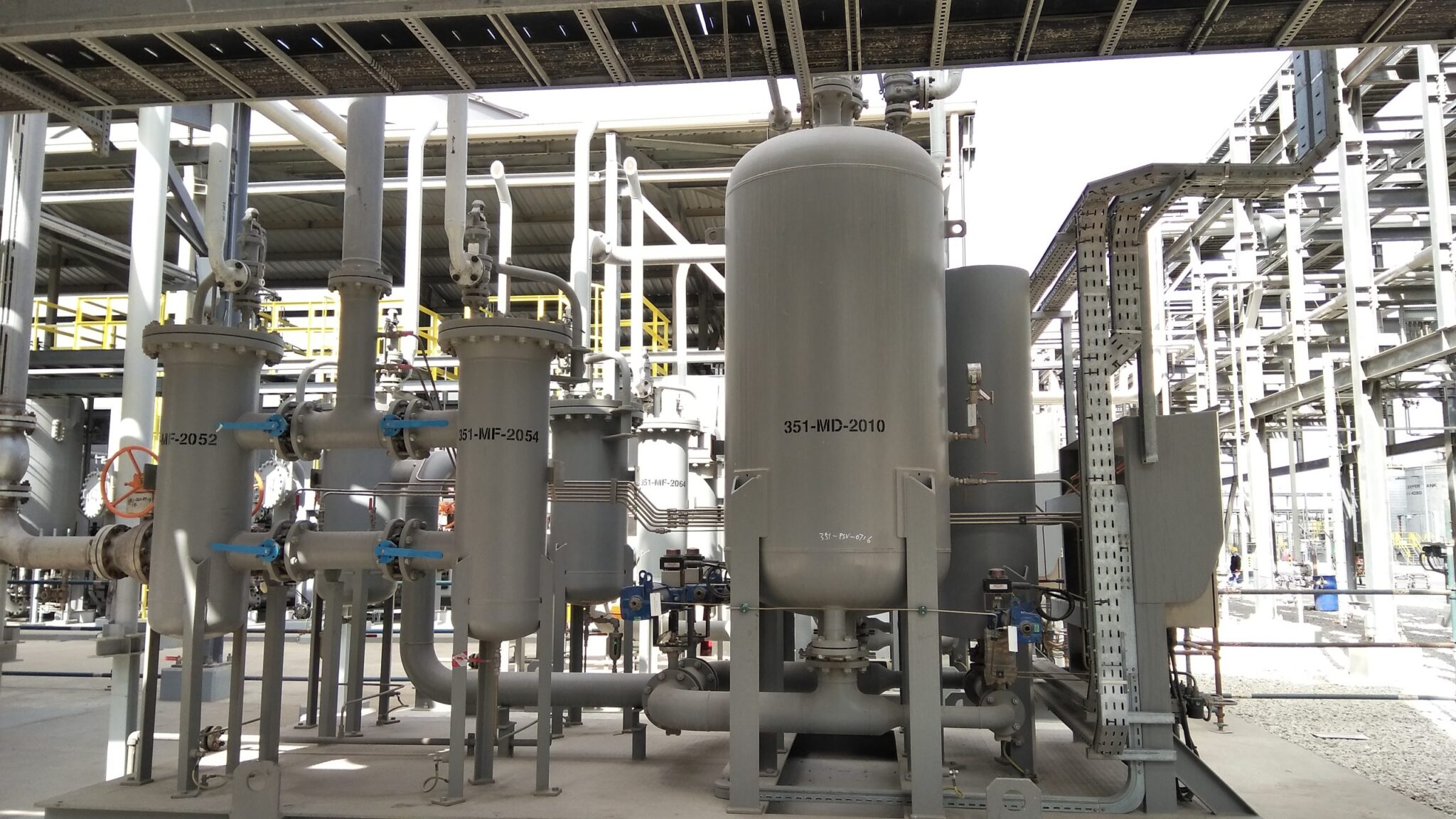
Kaishan USA Launches New Industrial Vacuum Pump
March 15, 2023
Reasons Why Air Compressors Fail
March 22, 2023Using an Air Compressor in Cold Weather
Kaishan USA | March 15, 2023 | Uncategorized

Winter may come to your area, but that doesn’t mean your compressed air system has to go into a deep freeze.
Like most other mechanical devices, from computers to cars, air compressors experience adverse impacts when freezing temperatures arrive.
Oil becomes thicker, seals are less flexible, and water condenses and freezes. All-in-all, it’s a perfect recipe for problems.
And those problems can be significant, including complete shutdown of your “fourth utility,” compressed air, and resulting downtime for the operations it serves in your business.
Less severe impacts include increased energy costs. Damage to your system and even to the end-use tools and equipment it serves. And the repair costs that result.
Fortunately, the industry has come up with a variety of winterization techniques, from heaters and trace warmers to enclosures and appropriate insulation. These solutions can keep your compressed air system operating despite the cold weather, holding energy and repair costs in check.
The right solution may vary according to your specific circumstances.
Defining the Problem
Let’s define the problem first. Temperature becomes a concern at about 45°F, and even more so at 32°F. The specific problem areas include:
-
-
Oil viscosity. Oil gets thicker as it gets colder, creating more drag for the motor of an oil-lubricated rotary screw compressor. If not addressed, the current will increase, causing breakers to trip and shut off the power. And your compressed air supply.
-
Seals and hoses. Rubber and other elastomer materials become harder and less flexible in the cold, increasing the risk of cracked hoses and leaking seals.
- Water condensation. As temperatures drop, the air’s ability to hold moisture declines as well. So falling temperatures cause water to condense out of the air. In some places, especially condensate traps, it will freeze and create blockages. In others, it will corrode exposed metal.
- Water freezing. Water reaches its peak density at 39.2°F—meaning it expands as it gets warmer than 39.2°. But also as it cools. All that expansion and contraction can wreak havoc, breaking water hoses and water fittings.
-
At the very least, when temperatures start to drop, you’ll want to look for any of the telltale signs mentioned above, especially cracked hoses and seals, blocked traps, and corrosion.
Anticipating Problems
Better yet, you can avoid some of the worst problems by winterizing your air compressor system before the cold weather arrives.
-
- Oil selection. You’ll want to ensure your air compressor oil is the correct grade or viscosity for the cold ambient temperatures normally expected in your area.
- Traps, drains and water lines. Insulate or heat any condensate drains and traps or water lines that are exposed to the cold.
- Louvers. Close the air vents and louvers in the equipment room.
- Hoses and seals. Inspect hoses, seals and belts and replace any that show signs of wear or aging.
Other Winterization Tips
Before temperatures plummet, you can take some steps to prepare for the frigid weather.
Regular Maintenance
Keeping up with your regularly scheduled maintenance is an essential first step in getting your air compressor ready for winter. Obviously, that would bring to your attention any problems with clogged traps or failing hoses, seals or connections.
Inspect Insulation
Check your system’s insulation for heat leaks. Losing heat increases the risk of freezing.
Add Trace Heating
Add heating elements that run along the outside of pipework or drains that are exposed to freezing temperatures.

Trace heating involves attaching an electrical heating element, usually a tape, to winterize pipes or other surfaces that could potentially freeze.
Check Intake Openings
Take advantage of spring or fall rainy weather to inspect intake openings and make sure there is no risk of rain (or, eventually, snow) blowing into your compressor room from the outside. Snow or refreezing rain can saturate your air filter or form ice on the air intake, blocking it.
Taking these steps will get you through the worst of the winter months. But you may want to consider more permanent measures that will prevent problems from occurring.
Two Ultimate Solutions
The best approach to winterization, of course, is a permanent fix that ends the threat to your compressed air system.
Relocating Your Compressor
If your compressor is directly exposed to the elements or even in an unheated shed, you may want to consider relocating it to its own compressor room. We often recommend either adding heat to an unheated enclosure. Or moving the compressor to an air-conditioned environment, presumably inside your facility.
Low-Ambient Temperature Compressors
Kaishan has developed a true cold-weather air compressor with its special low-ambient temperature compressors. These products include:
-
- An electrical enclosure heater to keep the electrical elements warm enough to prevent condensation, corrosion, stuck contents and other damage.
- A sump heater to stop compressor oil from thickening and enable easier starting. It also reduces energy consumption when the compressor is running.
- Trace heating/insulation to prevent condensation and freezing along pipes or other surfaces.
- Independently controlled thermostats to manage the compressor’s immediate environment more effectively.
If your manufacturer does not offer compressor designed to deal with cold ambient temperatures, your local distributor may be able to outfit your unit with the required materials.
Help Is Nearby If You Need It
Kaishan is fortunate to work with a nationwide network of independent distributors, who can provide on-site help and consultation as needed in helping you find an air compressor that can withstand the low temperatures expected in your area or even equip your existing machine with the necessary heaters and insulation. These factory-trained air compression experts have an investment in their local communities and can help you optimize your air compressor system to meet your needs.

Your local distributor can help you identify vulnerable areas of your air compressor system and suggest solutions.
Key Takeaways
-
- Temperature becomes a concern for air compressors at about 45°F, and even more so at 32°F.
- Oil becomes thicker, seals are less flexible, and water condenses and freezes. All-in-all, it’s a perfect recipe for problems.
- Keeping up with your regularly scheduled maintenance is an essential first step in getting your air compressor ready for winter.
- Permanent solutions—including low-ambient temperature options—are available to deal with long-term problems.
Get Help from the Experts
Winterizing your air compressor needs to be a regular part of your maintenance program. It can help you avoid downtime, cut energy bills, avoid pricey repairs and prevent damage to your equipment.
Need help finding an air compressor that can stand up to typical winter weather? Get in touch with the experts at Kaishan. Contact us today.
Random stat or
customer quote
textXXtext
text
Like most other mechanical devices, from computers to cars, air compressors experience adverse impacts when freezing temperatures arrive.

